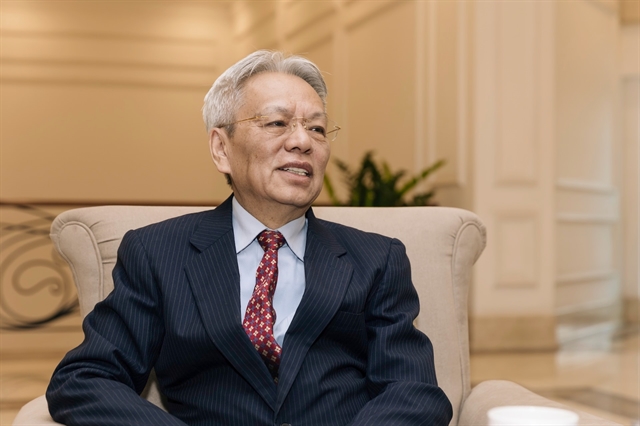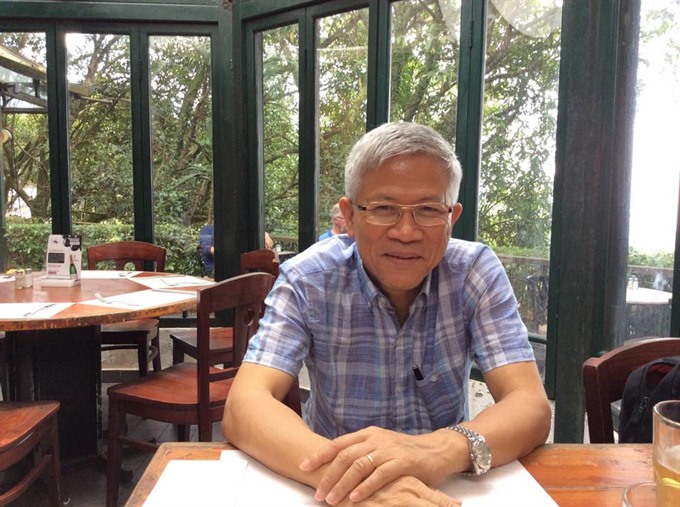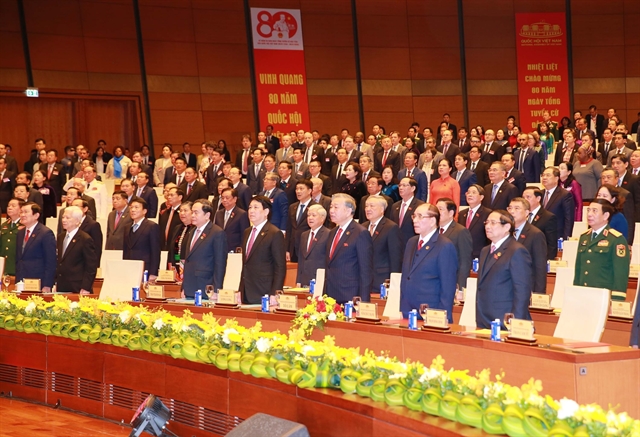 Opinion
Opinion

Architect PhD Hoàng Hữu Phê, from the Việt Nam Urban Planning Development, speaks to the newspaper Kinh tế & Đô thị (Economics & Urban Affairs) on the Láng Hòa Lạc mega urban city project.
 |
| Architect PhD Hoàng Hữu Phê. – Photo realtimes |
Architect PhD Hoàng Hữu Phê, from the Việt Nam Urban Planning Development, speaks to the newspaper Kinh tế & Đô thị (Economics & Urban Affairs) on the Láng Hòa Lạc mega urban city project.
Do you have any comments on Hà Nội’s “mega urban city” proposal with a population of 600,000 people which is now on the Prime Minister’s table waiting for approval?
I think the proposal is totally in line with the City’s future development plans. If the proposal is approved it will help the Hà Nội’s authorities solve many issues relating to its technical infrastructure and social structure in the city’s central areas. According to the plan, the majority of the population who live in the centre will resettle in other residential areas with good and modern social infrastructure which may be better than the place where they are living now.
Under the Capital Law, Hà Nội will have three main functional regions; the central area, satellite cities and eco urban towns. In the year 2008 Hà Nôi already started to expand its administrative border areas. Due to its strategic position 30 km from Hà Nội to the West, 47 km from the Nội Bài International Airport and some 130 km from the Hải Phòng Port, the central Government has invested a lot of money to develop infrastructure in the Hòa Lạc high tech park.
Tell us about the Hòa Lạc high-tech park?
Many big cities in the world have to expand their areas to its surrounding suburbs. Hà Nội, is no exception. It needs to have land areas focusing on high tech development, on human resources development, production and processing, etc. All these areas must be well planned to become satellite areas,
In developed countries, satellite cities/areas can operate independently without financial support from the central Government. Yet, they must be subjected to the management of the central government. Nowadays, such an administrative model has become common in many countries.
What are the advantages/disadvantages in the course of implementing “a super project” with such a large population?
According to the approved master-plan the Láng-Hòa Lạc area will become a high-tech park where many foreign scientists and experts will work side-by-side with their Vietnamese counterparts. Many foreign and Vietnamese groups have been operating in the Hòa Lạc high tech park already.
What’s more important, the park has received strong support from the central Government – a very important foundation for Hòa Lạc to develop and be on par with their peers internationally.
In the pipeline, the present Hòa Lạc military airport will also serve as a civil air port. That means all essential technical infrastructures are available there for the region to develop.
The biggest challenge for the park at present is the shortage of funding for its development. The Government cannot do it by itself, it needs the investment from different sectors, including foreign investors. With funding from the State budget, Láng-Hòa Lạc high tech already has R&D areas waiting for capable Vietnamese or foreign companies/corporations to come and do their business. Of course the investment can be in various forms including BOT (build-operate and transfer), BT (build and transfer) and PPP (public-private-partnership).
What should the Hà Nội authorities do to help the project owners start their projects efficiently?
With experiences from other countries, I think the Láng-Hòa Lạc park needs to have the people, namely the residents. When many people have moved to live there, they need essential services – service providers, including schools, health services and others.
Experiences from other countries show that many super urban areas without population have quickly died out. That’s why in my opinion, before turning the Láng-Hòa Lạc into a functional urban area, it should become a “training centre”.– VNS




